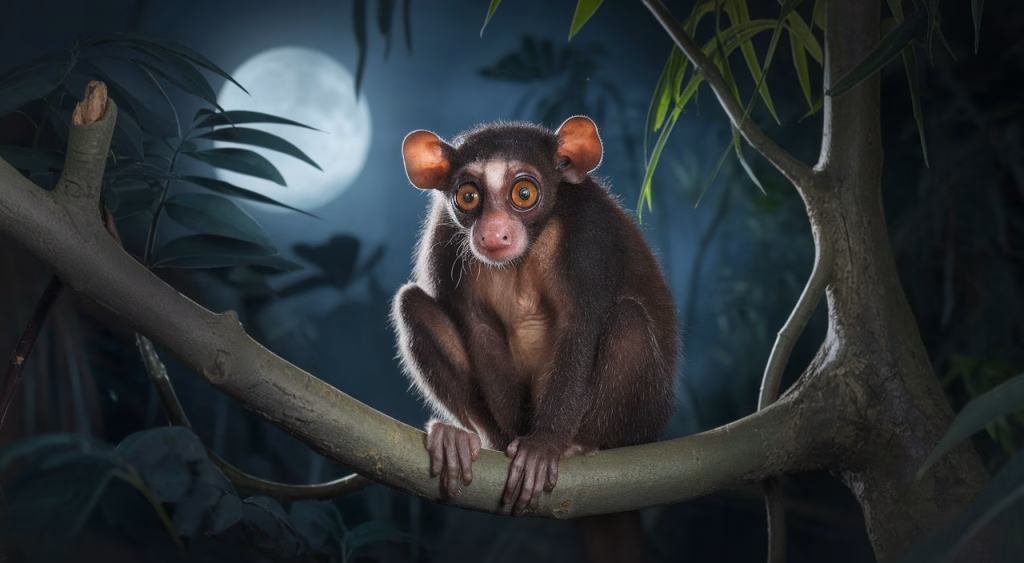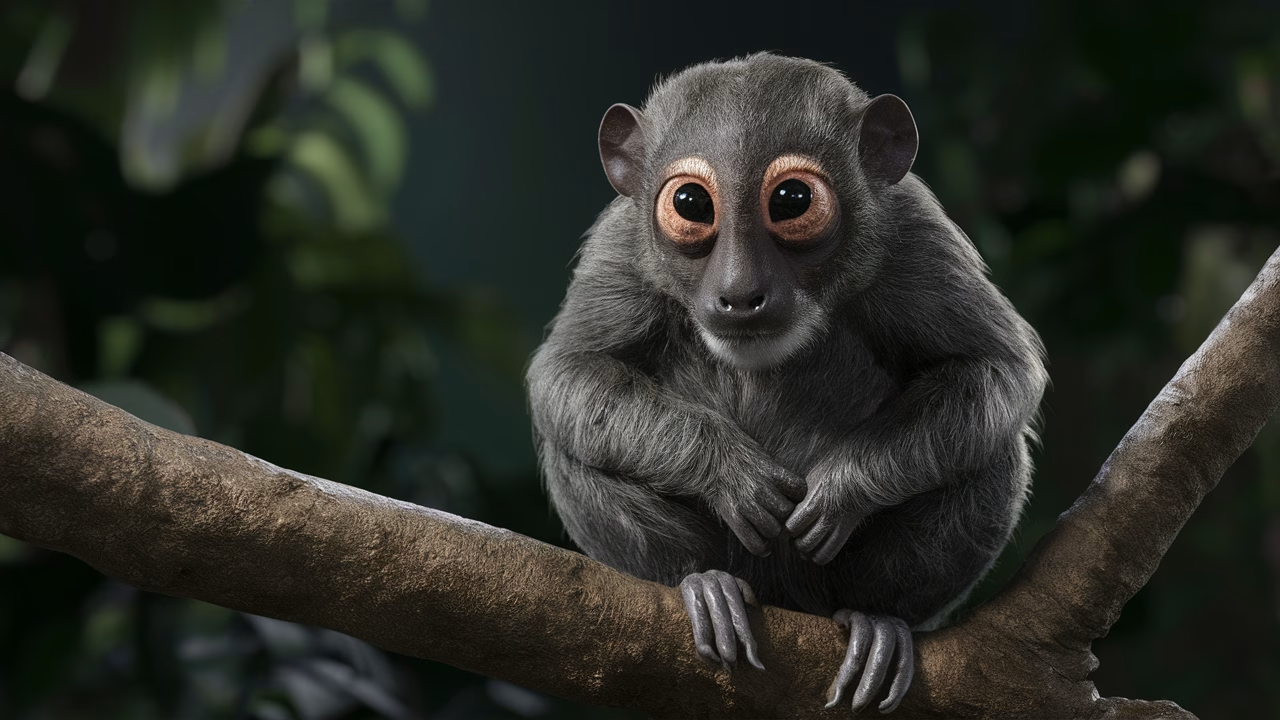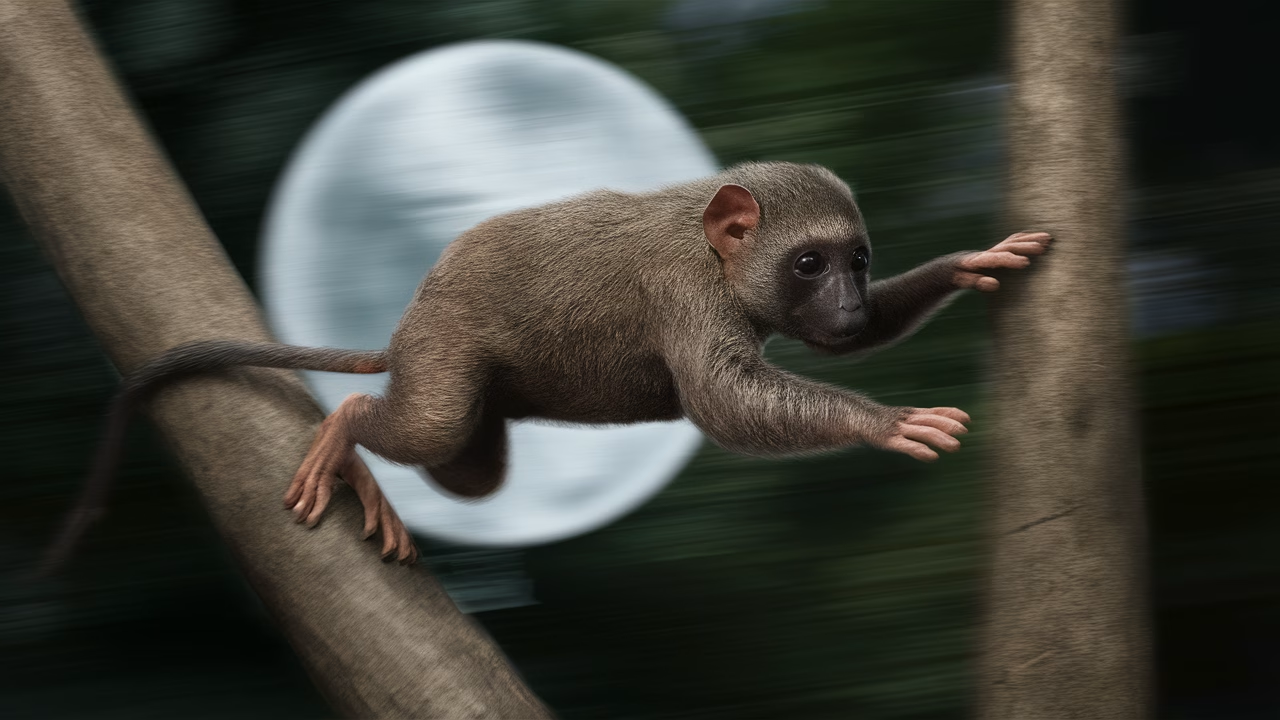Why Do Tarsiers Have the Largest Eyes Relative to Body Size?
Because tarsiers are adapted to a nocturnal lifestyle, they evolved exceptionally large eyes to help them see in near-total darkness. Astonishingly, each of a tarsier’s eyes is nearly the same size as its brain—this gives them the largest eyes relative to body size of any known mammal or vertebrate.
TL;DR: Meet the Animal with the Biggest Eyes for Its Size
- Tarsiers are small primates with eyes that rival their brains in size.
- Exceptional night vision allows them to hunt insects in darkness.
- Eye-to-body ratio is the highest among vertebrates.
- Nocturnal adaptation drives this unusual biological trait.
- Unique among primates for combining size, night vision and eye structure.
The Tarsier: Nature’s Night Watcher
If there’s one animal that redefines the phrase “wide-eyed wonder,” it’s the tarsier. These remarkable primates possess the largest eyes relative to body size in the animal kingdom. Measuring only about 10 to 15 centimeters tall with eyes larger than their brain, this tiny primate roams the forests of Southeast Asia in near silence, guided by its massive gaze. Imagine peering into the night with binoculars built into your skull—that’s the life of a tarsier.
What’s even more remarkable? Unlike most mammals, tarsiers can’t even move their eyes in their sockets. Instead, they’ve evolved to rotate their heads nearly 180 degrees—an eerie, owl-like twist—so they never miss a twitch or flicker in the underbrush around them.
Ever wondered how they leap with such precision, despite hunting in pitch darkness? The secret lies in those immense, light-gathering eyes that make them the animal with biggest eyes in the world relative to their body size.
How Big Are Their Eyes, Really?
| Feature | Measurement |
|---|---|
| Average Body Length | 10 – 15 cm |
| Average Eye Diameter | 1.6 cm – 2.0 cm |
| Relative Eye Size | Larger than the brain |
When comparing animals with large eye-to-body ratio, no other animal—fish, bird or mammal—has such a disproportion between eye and body size. It’s not just unusual; it’s biomechanically staggering. For perspective, if humans had the same eye-to-body size ratio, our eyes would be the size of grapefruits.
Why Nocturnal Life Demands Giant Eyes
Nocturnal animals with big eyes face a very different visual environment than their daytime counterparts. Light is scarce, colors fade to grey, and every shadow might conceal a predator or a meal. Tarsiers solve this challenge through enormous eyes packed with rod cells, the photoreceptors tuned for low light sensitivity.
They don’t need color vision. They need contrast. They need motion detection.
This adaptation ensures that every photon counts. It’s like using a camera with an extremely wide lens and a super low-light sensor—you don’t get the most colorful shot, but you’ll never miss a moment of movement in the dark.
Other Animals with Large Eyes Relative to Body Size
Tarsiers may wear the crown for the largest eyes relative to body size, but they share the list of big-eyed creatures with some fascinating company:
- Giant Squid – Largest eyes in the animal kingdom overall (up to 30 cm), but balanced by their massive bodies.
- Owl Monkeys (Aotus spp.) – Another night-primate, known for oversized eyes adapted for dark rainforest canopies.
- Tree Frogs – Especially glass frogs and red-eyed tree frogs, with bright, bulging eyes for nocturnal foraging.
- Owl – Birds like the barn owl have huge eye sockets, nearly motionless, optimized for silent flight at night.
Head-to-Head: Eye-to-Body Ratio Comparison
| Animal | Body Size | Eye Diameter | Eye-to-Body Ratio |
|---|---|---|---|
| Tarsier | 10 cm | 1.8 cm | ~18% |
| Owl Monkey | 34 cm | 2.5 cm | ~7% |
| Giant Squid | 1200 cm | 30 cm | ~2.5% |
| Red-eyed Tree Frog | 5 cm | 0.5 cm | ~10% |
As you can see, when it comes to eye real estate among animals with huge eyes at night, tarsiers are in a league of their own.
The Evolutionary Advantage of Big Eyes
Evolution doesn’t exaggerate features without purpose. In tarsiers, huge eyes are a survival tool. With them, they can:
- Spot insects mid-jump even in dense foliage and moonlight.
- Navigate complex 3D environments like branches and vines without falling.
- Avoid predators before they even realize the tarsier has seen them.
But there’s also a trade-off. Massive eyes mean narrow skulls and less room for other features. That’s part of why tarsiers don’t have a tapetum lucidum—the reflective layer that helps many nocturnal animals recycle light for extra visibility. Instead, they rely purely on eye size and retinal sensitivity.
What This Means for Other Nocturnal Mammals
Tarsiers offer clues to how evolution tailors senses for night living. Other mammals with big eyes in the dark—like fennec foxes or bush babies—show similar adaptations: big eyes, obsessive hearing, and limb agility. But few combine these traits at the same level of extremity as the tarsier does.
In fact, tarsiers act as a biological case study: proof of how environmental pressures can shape not just behavior, but anatomy itself.
Frequently Asked Questions
- Are tarsiers endangered?
Yes, many species are threatened due to deforestation and habitat loss. - What do tarsiers eat?
Tarsiers are insectivores that sometimes hunt small reptiles, birds, or crustaceans. - Where do tarsiers live?
They live in the dense tropical forests of the Philippines, Borneo, and Sumatra. - Can tarsiers move their eyeballs?
No, they cannot. Instead, they swivel their heads like owls. - Why don’t tarsiers have a tapetum lucidum?
Their massive eyes gather enough light that an extra reflector isn’t necessary. - How far can a tarsier jump?
They can leap up to 5 meters (16 feet) between trees. - Are tarsiers considered monkeys?
No, they are a distinct group of primates, not technically monkeys or prosimians.





